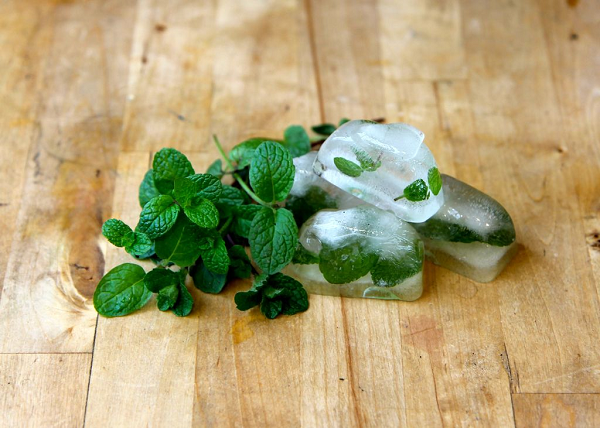A little preparation goes a long way when it comes to staying on track with clean eating goals.
One of the most difficult hurdles is a lack of time to make meals, and access to nutritious dishes while you’re away from home.
Preparing them ahead of time is one of the easiest ways to make good healthy eating habits stick so that you won’t be tempted to turn to fast food or other takeout options when hunger pangs hit.
Fortunately, you have a secret weapon right inside your kitchen that can help: your freezer!
The impact of freezing on nutrition
You may be wondering whether or not nutrients are lost during the freezing process, right?
As long as the food was grown in a high-quality way, such as organically grown, and was fairly fresh at the time of freezing, its overall nutrient retention is generally quite high.
That’s good news as the majority of vitamins and minerals will keep well in frozen foods!
In fact, research has found that even phytonutrients like anthocyanin flavonoids found in blueberries that are so wonderful for us (and tasty too!) have no significant reduction in their levels of anthocynanins after 3 months of freezing.

You can even freeze fresh herbs. Chop and put in ice cube trays with water, extra virgin olive oil or grass-fed butter.
Now that you know how helpful your freezer can be in helping you reach your weight loss goals, here are some great tips that can help you take the guesswork out of freezing food!
What not to freeze
While most individual ingredients and many dishes can be frozen, there are some things that just aren’t freezer friendly:
- Anything with an egg-based sauced, like mayonnaise, will separate and curdle.
- Yogurt, cream, cottage cheese and cream cheese will turn watery.
- Raw eggs in their shells will expand and crack.
- Hard-boiled eggs get rubbery.
- Vegetables that have a high water content, like bean sprouts, lettuce and cucumber, tend to get mushy and limp.
6 General freezing tips
1. Don’t freeze foods that are hot as it increases the temperature of the freezer, and that could cause some of your other foods to begin defrosting. Always cool them, at least to room temperature, first.
2. Don’t re-freeze anything that’s already been frozen, that includes food that was frozen raw and then cooked.
3. Wrap foods properly, or put them in a sealed container to avoid freezer burn. Avoid using aluminum foil as it may pose a risk to your health and the environment.
4. Contrary to what some believe, freezing won’t kill bacteria, so if you’re not sure if the food is still good, throw it out. “If in doubt, throw it out,” is a great phrase to remember.
Never freeze old food because you don’t want to waste it – the whole point of freezing is to keep food at its best.
EXCLUSIVE >> Why Your Kitchen Holds The Key To Increasing Your Beauty
5. Label your frozen foods. While it might take an extra minute or two, be sure to label your foods or you may not remember what’s inside.
Make it easy by using different colored markers for raw and cooked foods – for example, use red for raw foods and blue for cooked items. You can use abbreviations too, like a red “F” for raw fish. Add the date that it was frozen too.
6. Keep your freezer full. Did you know that a full freezer is more economical? That’s because the cold air doesn’t need to circulate as much, so it takes less power.
If you have a lot of free space, you can fill bottles with water, or stock up on more healthy items.
Your freezer might just become your new BFF, or at least a good buddy that helps you stay on the right track!
Yours in Health,
Danette







